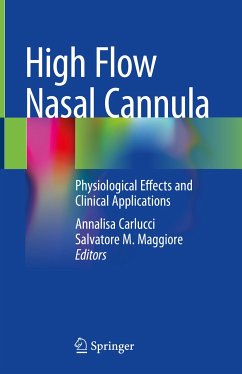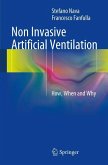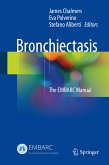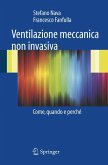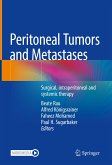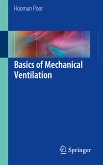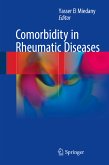In the opening part of the book, readers will learn the differences between high-flow and low-flow techniques and gain an overview of HFNC's technical aspects and physiological effects.
The book subsequently describes the pathophysiological mechanisms involved in different respiratory diseases, analyzing how this technique positively impacts patients' respiratory status. The authors highlight clinical applications of HFNC, both in adults and in children, in various clinical settings - e.g. intensive care and semi-intensive care unit, emergencies, rehabilitation etc. - and present tips, tricks and pitfalls, as well as up-to-date reports on technical issues.
The book is intended for pneumologists, intensivists, anesthesiologists, ED doctors, rehabilitation therapists, internists and oncologists, as well as fellows and nurses in these fields.
Dieser Download kann aus rechtlichen Gründen nur mit Rechnungsadresse in A, B, BG, CY, CZ, D, DK, EW, E, FIN, F, GR, HR, H, IRL, I, LT, L, LR, M, NL, PL, P, R, S, SLO, SK ausgeliefert werden.

